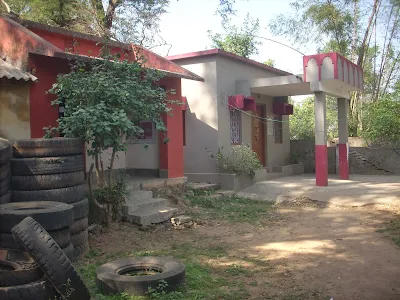What is a social audit? It is better to have an idea of the concept in the first place. Social_Audit_Report is uploaded to the NREGS website. But almost all of the community seems to be completely unaware of the documentation part. The best part of these meetings is the opportunity to meet office bearers and government officials on the same day.
When the government makes the schedule for a social audit in October, it reviews work done/in progress from April to September. SA was originally scheduled in October, but due to a cyclone, it was completed in December. Advertisements were given in three Oriya newspapers, giving dates and locations of the social audit meeting. Local NGO was invited to attend the meetings, yet no provision of funds was available for community mobilization through local NGOs. This was all done when Gram Rozgar Sevak (GRS) [working personnel for NREGS at the Village level] were on strike. Their online petition is worth a read on the problem faced at the implementation level.
Verification of Documents, grievances submitted, and Issues was tackled in the meeting with sincerity. Whatever issues were raised, action was taken on them. The normal complaint was the wrong account number given by the beneficiaries of bank accounts. One person complained about having no job card. He later said that he was a migrant and belonged to a well-to-do family. Since this card is one more government paperwork done for free, he was eager to get it in the hope of the anticipated benefits. Ensuring faster wage payment to beneficiaries under MGNREGS is the process lacuna. Payment within 15 15-day deadline is sometimes stretched to a full month, which came into the limelight.
According to the guidelines of MGNREGA, a Gram Sabha is the prime institution of planning and execution of MGNREGA. So much in writing, but activities of Vigilance and Monitoring Committees (VMCs) at the Panchayat level are in hibernation all over Odisha. NREGS works for purposes like common grazing and livelihood, which are not taken much into consideration. NREGS website is great. But even the BPL (as per the 1997 census in Odisha) doesn't seem to be properly fed in that. I have highlighted with a red circle in the picture above and brought it to the notice of the concerned authority.
There is no convergence that the household has taken advantage of, such as the scheme like IAY/RSBY of the government. Even demand generation suffers due to a lack of initiative in the community. As per government officials, not much work can be generated if a lot has already been done in previous years. There is a limit of demand that can be achieved under the guidelines of NREGS. The demand scheme has been converted into a target scheme by the officers under pressure from the government to show numbers. That was the most important lesson that came out of this exercise.
Social Audit has merely been reduced to an exercise for checking numbers, as few people complained about the quality of work, and let the accountable pay for corruption. Even mighty monitoring tools like social audits can become grievance redress mechanisms only in the hands of the dull community. The social audit may have helped in awareness generation, but a lot of work needs to be done for community engagement.
















